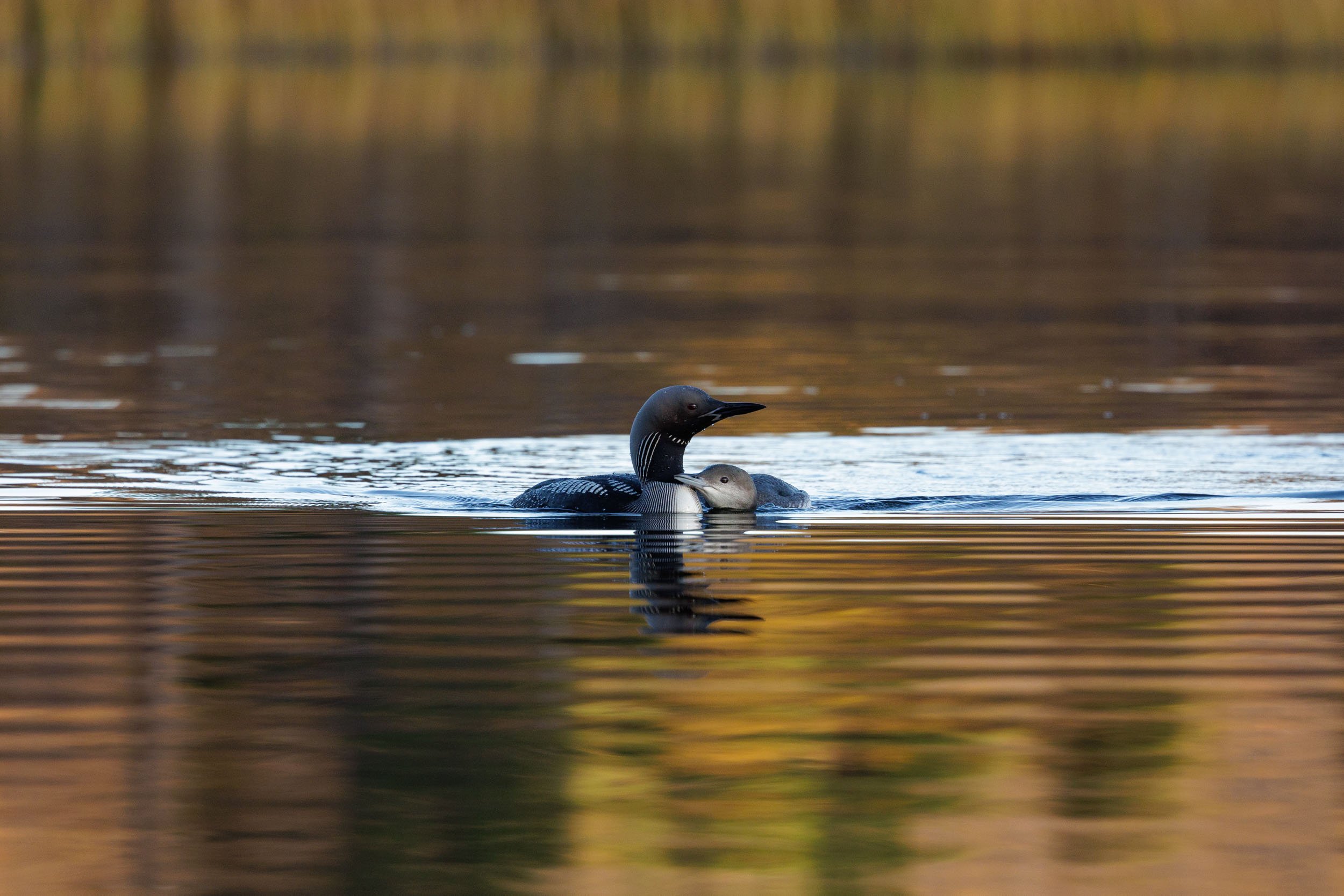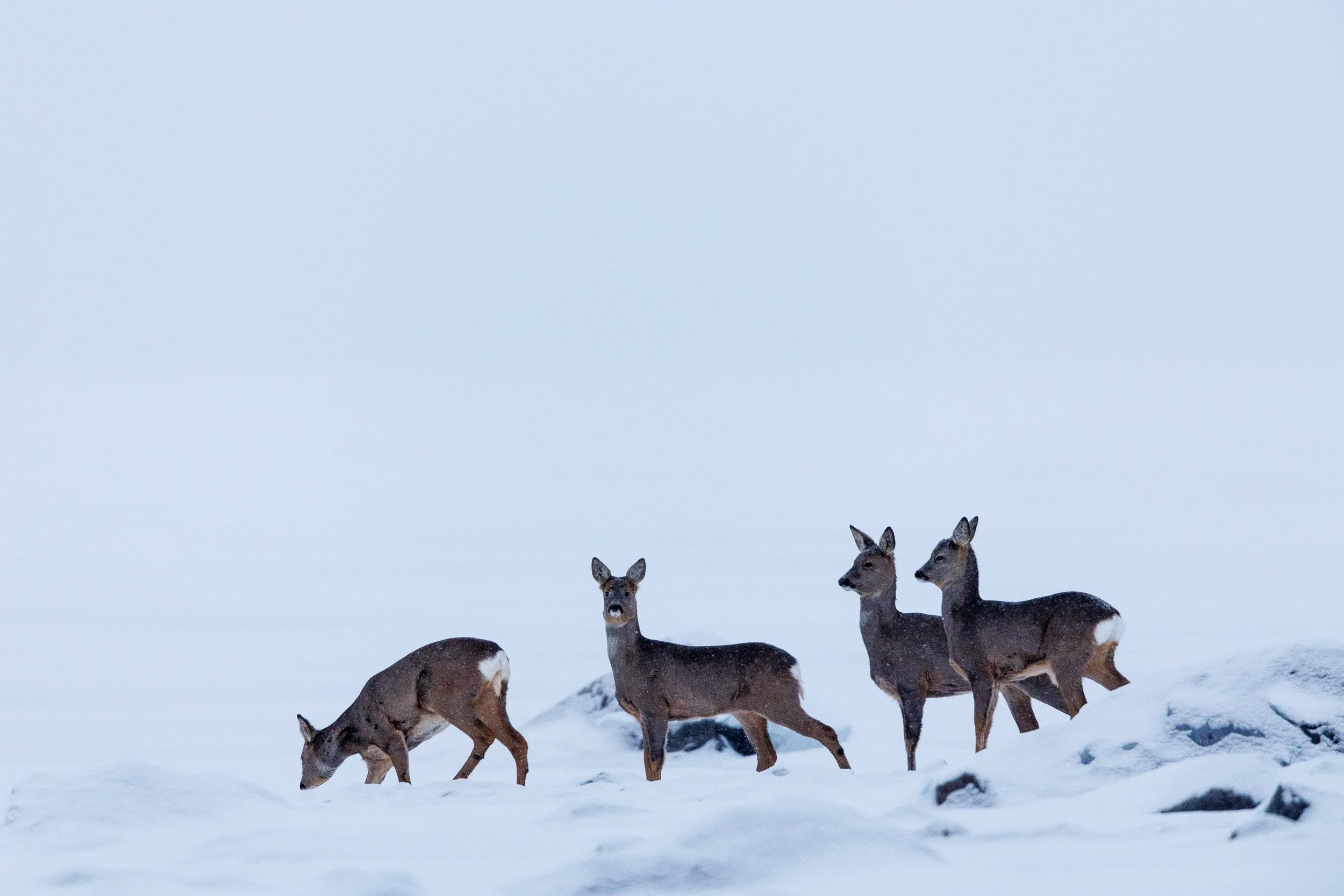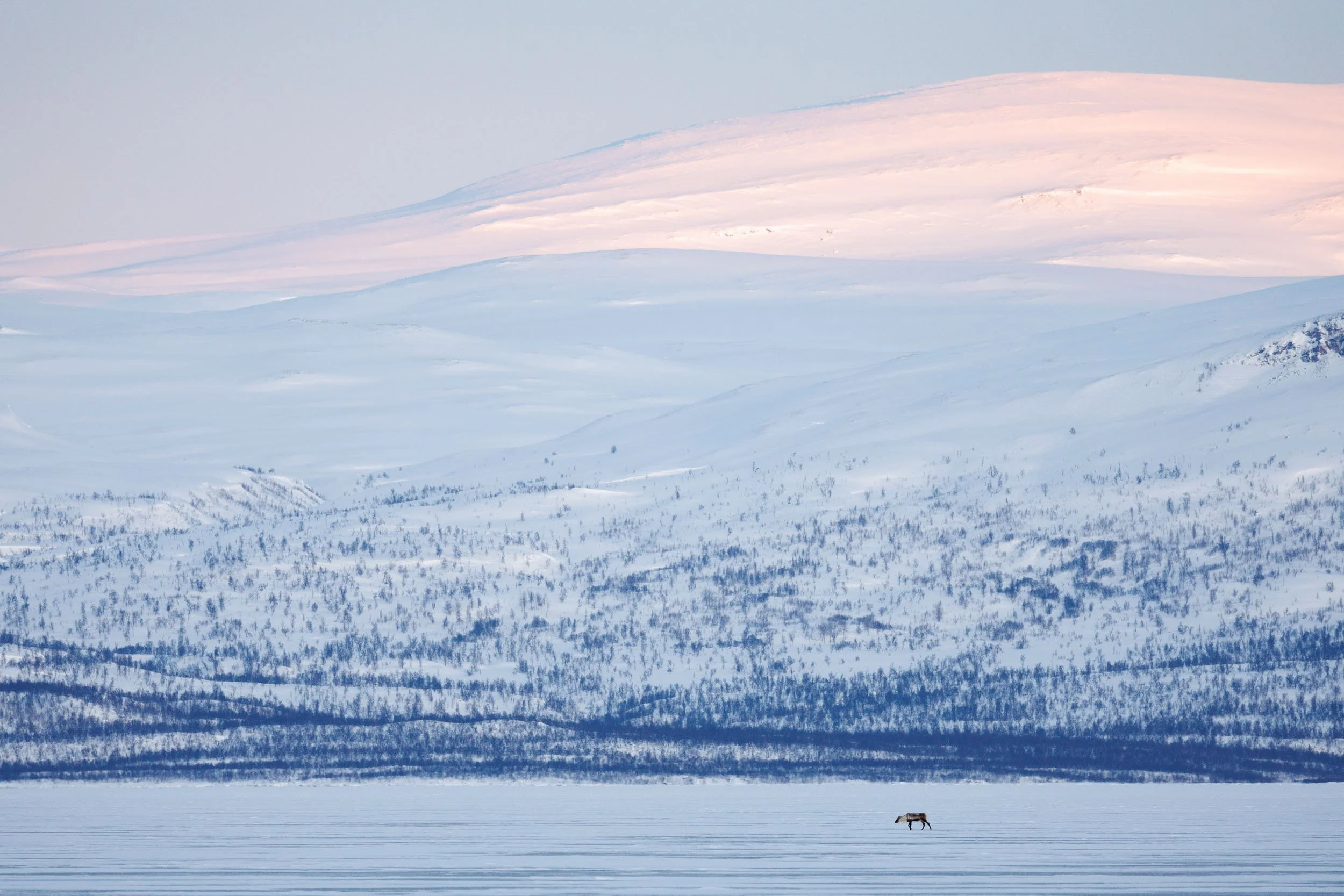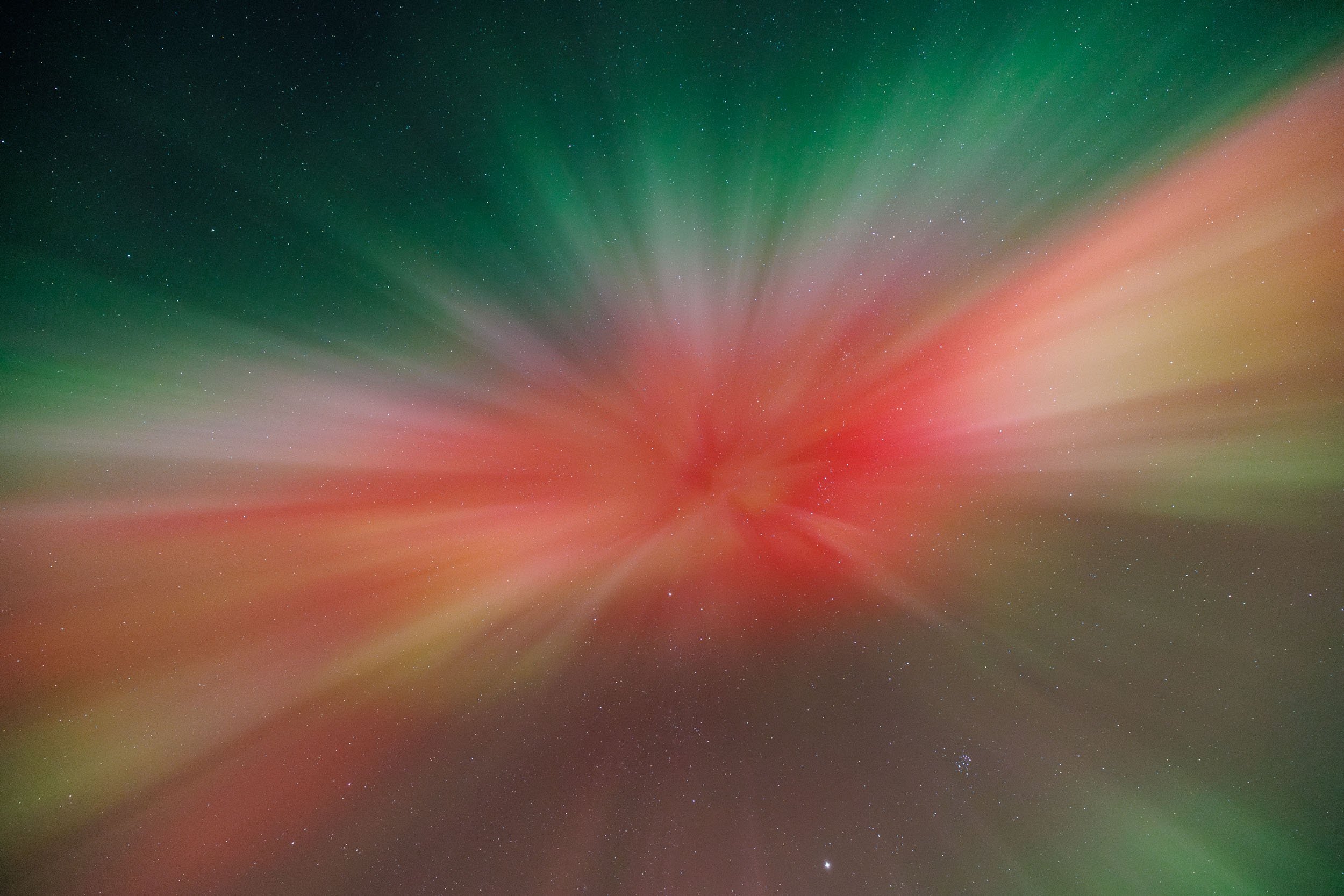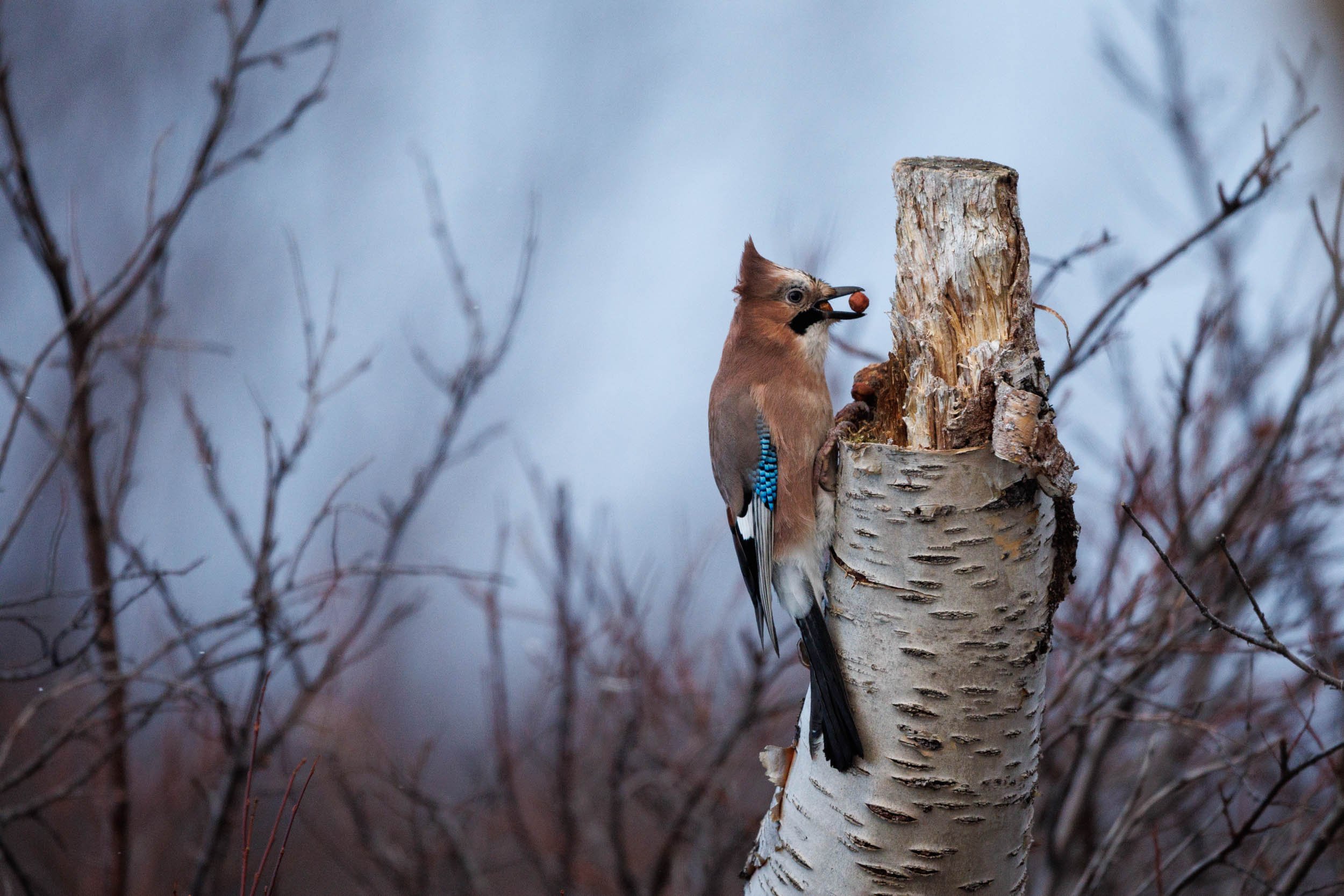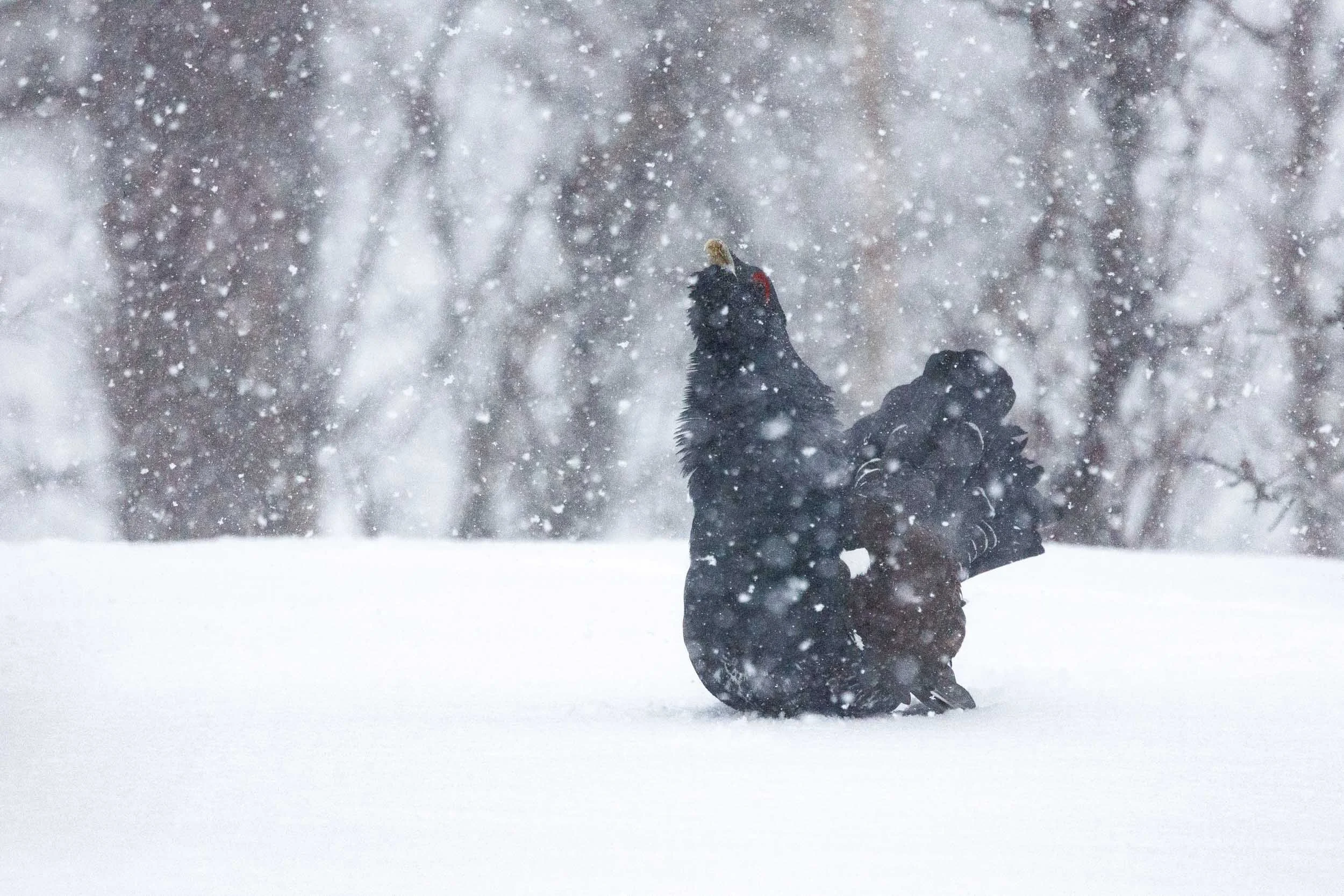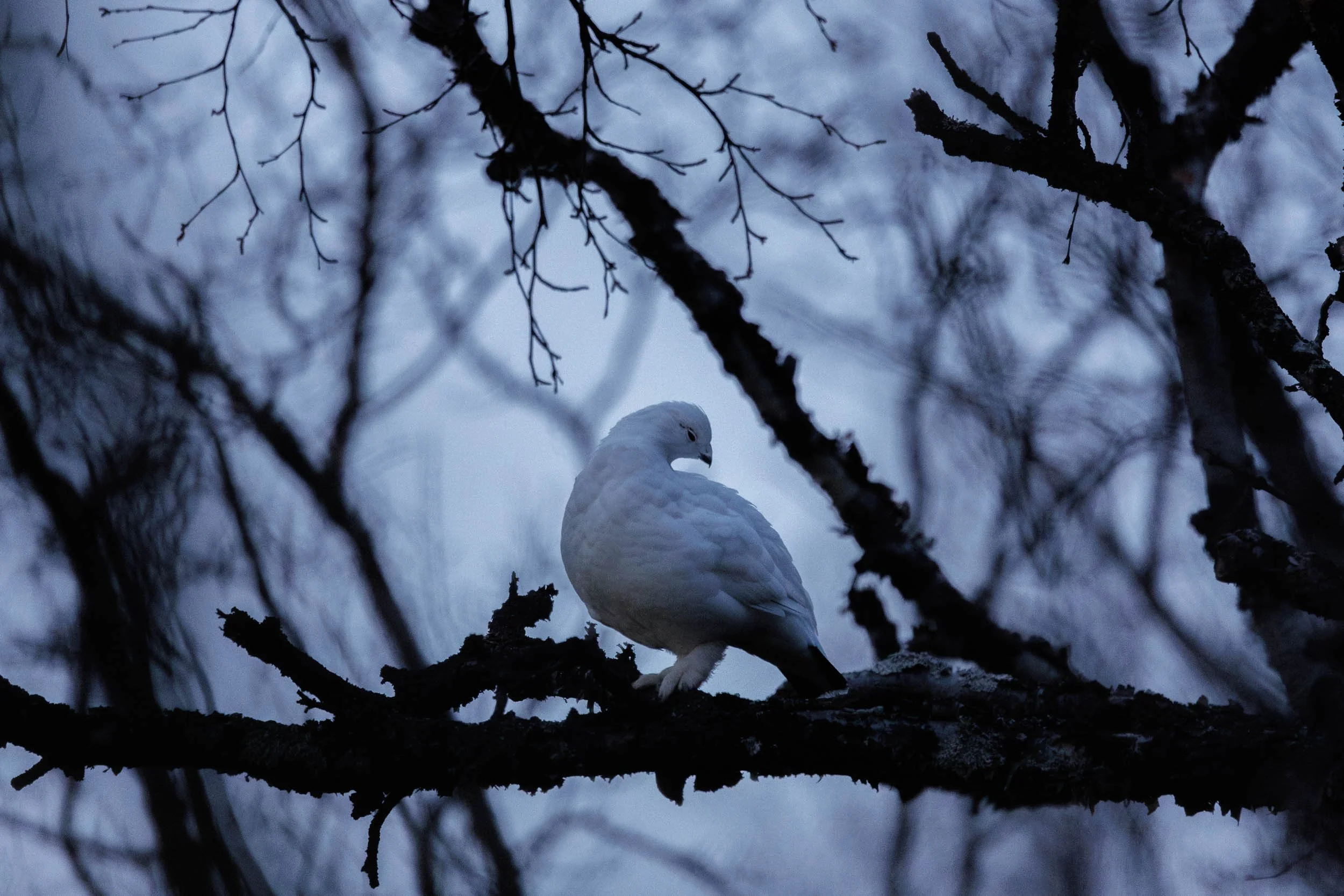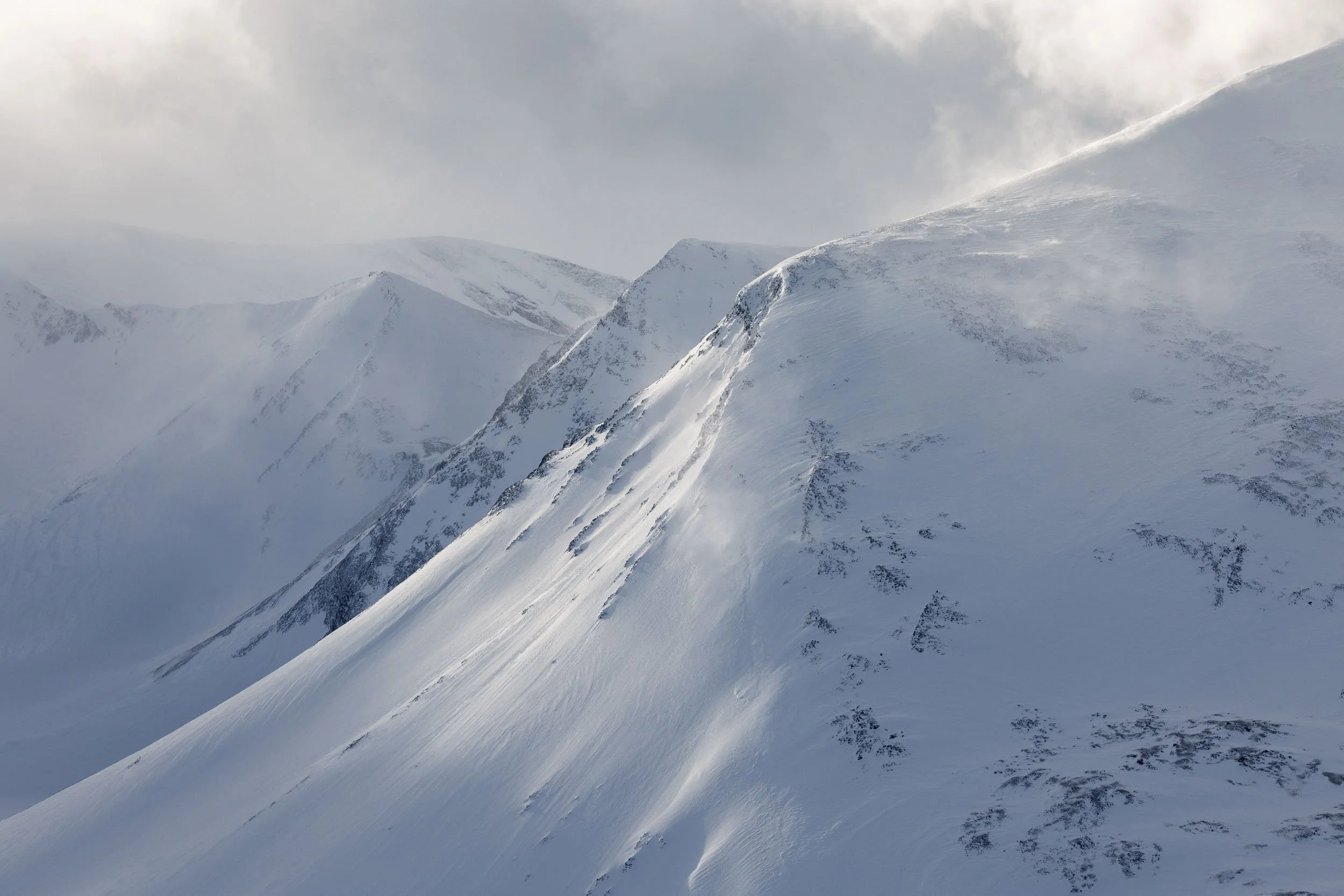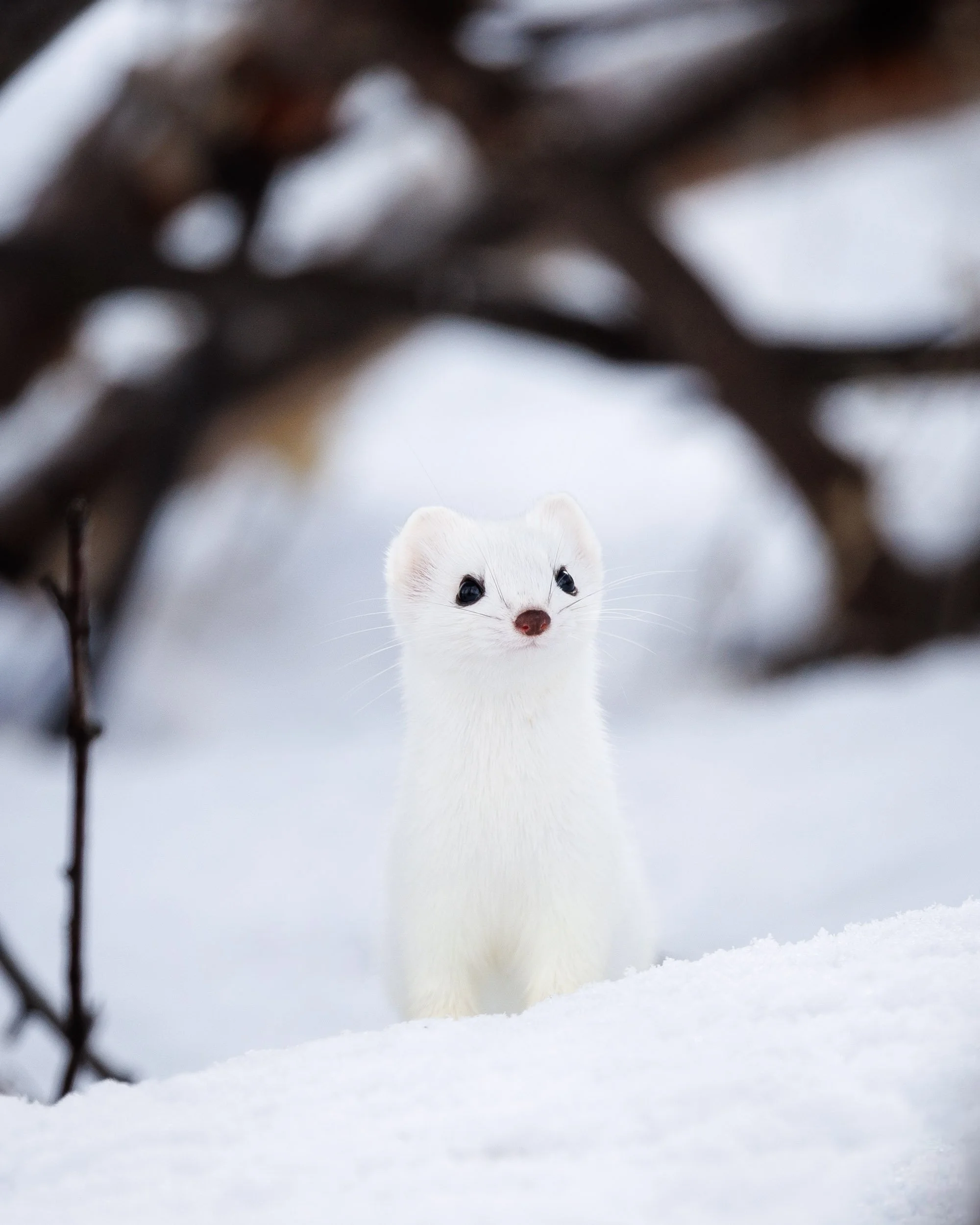
best images from abisko 24/25 season
Abisko is a remote village located in the heart of the wildest region of Europe, the Swedish Lapland. Abisko is also my winter home since 2019.
The aim of this gallery is not to collect the most beautiful or spectacular photos, but the moments in nature that are most significant for me, obviously those that I managed to photograph. After years spent in the same place, it is not just a matter of taking spectacular photos, but also a work of documentation.
Below are the images that immortalize the most significant moments of my 2024/25 season
September 2024 was a particularly warm month and this allowed me to arrive in Abisko with the hope of still finding some “late” migratory birds in the area. With great joy I found a Black-throated Diver with chick still present at the lake Njakajaure inside the national park. I really like the portrait for the naturalness of the subjects’ behavior and for the beautiful autumn colors. Which are reflected in the water
CANON EOS R3 and RF 100-500 IS USM at 500 mm- 1/1250 sec at f/8,0 ISO 1250
There is a small community of roe deer in Abisko that mainly resides in the small nature reserve behind my house. I had been trying to immortalize them on the lake for a few years, and this season during a walk on a snowy day with very little light I managed to capture this image. Not an extraordinary image in itself, but certainly one of those that I am fond of.
CANON EOS R3 and EF 500 mm f/4 IS USM + 1,4X - 1/2500 sec at f/7,1 ISO 2500
When I look at the immense frozen Torneträsk lake, a part of me always hopes to see an animal walking on it. It is not so common to see reindeer on the lake, so that January morning while I was leading a group of clients on a morning hike in the national park I was very happy to take this photo that adds to my collection.
CANON EOS R3 and RF 100-500 IS USM at 400 mm - 1/1000 sec at f/6,3 ISO 1250
One morning while I was walking around the nature reserve I heard tapping in the birches. So I sat down in the woods and waited. After a good half hour, a pair of three-toed woodpeckers, one male one female, approached and I managed to photograph and observe the male very closely. It’s yellow spot on the head is characteristic, which is not present on the female.
CANON EOS R3 and EF 500 mm f/4 IS USM + 1,4X - 1/2000 sec at f/7,1 ISO 5000
During a multi-day guided tour with clients from England, we were looking for an image that is not particularly easy to obtain in March. Namely, an aurora reflected in water or on fresh ice. In March due to the heavy snow cover such shots are very difficult to obtain, as the watercourses and ice are practically entirely covered in snow. So we waited patiently in front of this small piece of the river “Bessejokka”, and after a couple of hours our patience paid off!
CANON EOS R3 and RF 15-35 f/2,8 L IS USM - 1,3 sec at f/2,8 ISO 2500
The solar maximum has given us some great auroras this season, very particular and very colorful. Paradoxically, it is perhaps the season where I have taken the least photographs of the Northern Lights as it has been an extremely busy season, and my work often leads me to have the photos taken by clients who are with me, neglecting my camera. In any case, this one on January 1st is one of the reddest and most visible “corona” to the naked eye that I remember!
CANON EOS R3 and RF 15-35 f/2,8 L IS USM - 3,2 sec at f/2,8 ISO 6400
Of all the animals in the Abisko area, perhaps one of the most elusive and well camouflaged is the mountain hare. In October and November, I spent several days in the nearby mountains looking for these wonderful animals. One evening at sunset I had a special encounter with a hare who let me photograph him for a while and then disappeared behind the rocks in the warm light of the setting sun. I like this photo because it reminds me of that moment and also shows why these animals are also called snowshoe hare! I have many photos of hares that I will put in a dedicated gallery in the future
CANON EOS R3 and RF 100-500 IS USM at 345 mm - 1/1000 sec at f/9,0 ISO 640
For a few years now, I have placed feeders around my house to help the local birds get through the harsh winter. With great pleasure, for part of the winter I had this beautiful jay as a permanent guest. One of my favorite birds! I almost always let her eat my nuts and seeds in peace, but sometimes I couldn't resist taking a few shots from the window while I was enjoying a good cup of coffee!
CANON EOS R3 and EF 500 mm f/4 IS USM - 1/2000 sec at f/4,0 ISO 2500
The Capercaillie is an animal that we do not usually have the pleasure of seeing in Abisko. It is a bird that prefers to live in forests, and in Abisko the environment is mainly characterized by small birch trees or tundra. In any case, there are areas with a fair concentration of conifers and this is where this year this large and very aggressive male decided to stop. I wanted a picture of this "prehistoric" bird in a snowstorm. Unfortunately, just after those shot I was brutally attacked by it and I decided to leave it alone, but the encounters I had with this enormous bird remain among the moments of the season to remember
Image 1 CANON EOS R3 and RF 100-500 IS USM at 500 mm - 1/5000 sec at f/7,1 ISO 6400
Image 2 CANON EOS R3 and EF 500 mm f/4 IS USM + 1,4X - 1/2500 sec at f/7,1 ISO 2000
Great protagonists and regular guests at my feeders throughout the winter are bullfinches. Wonderful birds, it is impossible not to notice the male in his bright orange livery! I can't help but include them in this “best of”
Image 1 CANON EOS R3 and EF 500 mm f/4 IS USM - 1/8000 sec at f/4,0 ISO 1000
Image 2 CANON EOS R3 and EF 500 mm f/4 IS USM - 1/1600 sec at f/6,3 ISO 1250
There is no doubt that my favorite subject to photograph up here are ptarmigans. Perhaps my favorite shot of this season is this flock that I encountered almost at the top of a mountain late in the evening. The clouds in the background are lit up by the low sunlight in the cold atmosphere creating a colorful background.
I have numerous shots of ptarmigans that i have taken in the past years in Abisko and, as with the hares I will dedicate a gallery in the future of these beautiful and fragile animals
CANON EOS R3 and RF 100-500 IS USM at 400 mm - 1/4000 sec at f/10 ISO 500
This season I looked for an image of willow grouse in its environment a little different from usual, so I set myself the goal of portraying them in the woods, on the branches of birch trees. I really like this image taken in the woods of the Abisko national park for its dark atmosphere and the relaxed behavior of the grouse that had not noticed my presence at all.
CANON EOS R3 and RF 100-500 IS USM at 500 mm - 1/1000 sec at f/7,1 ISO 6400
Another image of a willow grouse, this time eating fresh shoots from the branches of this small birch tree in the national park. That morning in early March I went out with my clients at dawn in search of moose and grouse. We saw practically nothing for two hours until we came across a group of willow grouse. They let us observe and photograph them without paying much attention to us, and the one in the photo showed off for more than ten minutes on this small birch tree.
CANON EOS R3 and RF 100-500 IS USM at 500 mm - 1/2000 sec at f/10 ISO 1600
In Abisko, the sun disappears behind the mountains around mid-November and does not rise at all in December, only to reappear in the beginning of February.
On the morning of February 3rd, I went out to hold a photography workshop. Given the beautiful day and the excellent light, we decided to look for an image of the famous Lapporten in the first light of the sun filtering into the Abisko valley.
CANON EOS R3 and RF 100-500 IS USM at 100 mm - 1/1600 sec at f/8,0 ISO 320
On the way up to a minor peak in the “Abisko Alps”, I found myself in front of this view of the snow-capped mountains struck by a beautiful ray of very soft light. I shot handheld with a very fast shutter speed, necessary to fight the very strong wind that almost snatched the camera from my hand. The result was one of my favorite images of the season.
CANON EOS R3 and RF 100-500 IS USM at 170 mm - 1/3200 sec at f/8,0 ISO 500
I have seen this stoat around my house several times during the season, always when I was without a camera of course. I waited for hours in front of the window to photograph it without success. Then literally on the last day I spent in Abisko while I was packing and cleaning my arctic house there it was outside the window! I ran outside in my slippers and he let me photograph him for a moment, almost as if he wanted to say hello!
CANON EOS R3 and RF 100-500 IS USM at 500 mm - 1/640 sec at f/7,1 ISO 250
If you have come this far, thank you for your interest and I hope you have found this gallery interesting. Below you will find the same images with the option to look at the larger versions. If you want to stay updated on my latest images, workshops and photographic tours in the Alps, sign up for the newsletter (the form is at the bottom of the page)
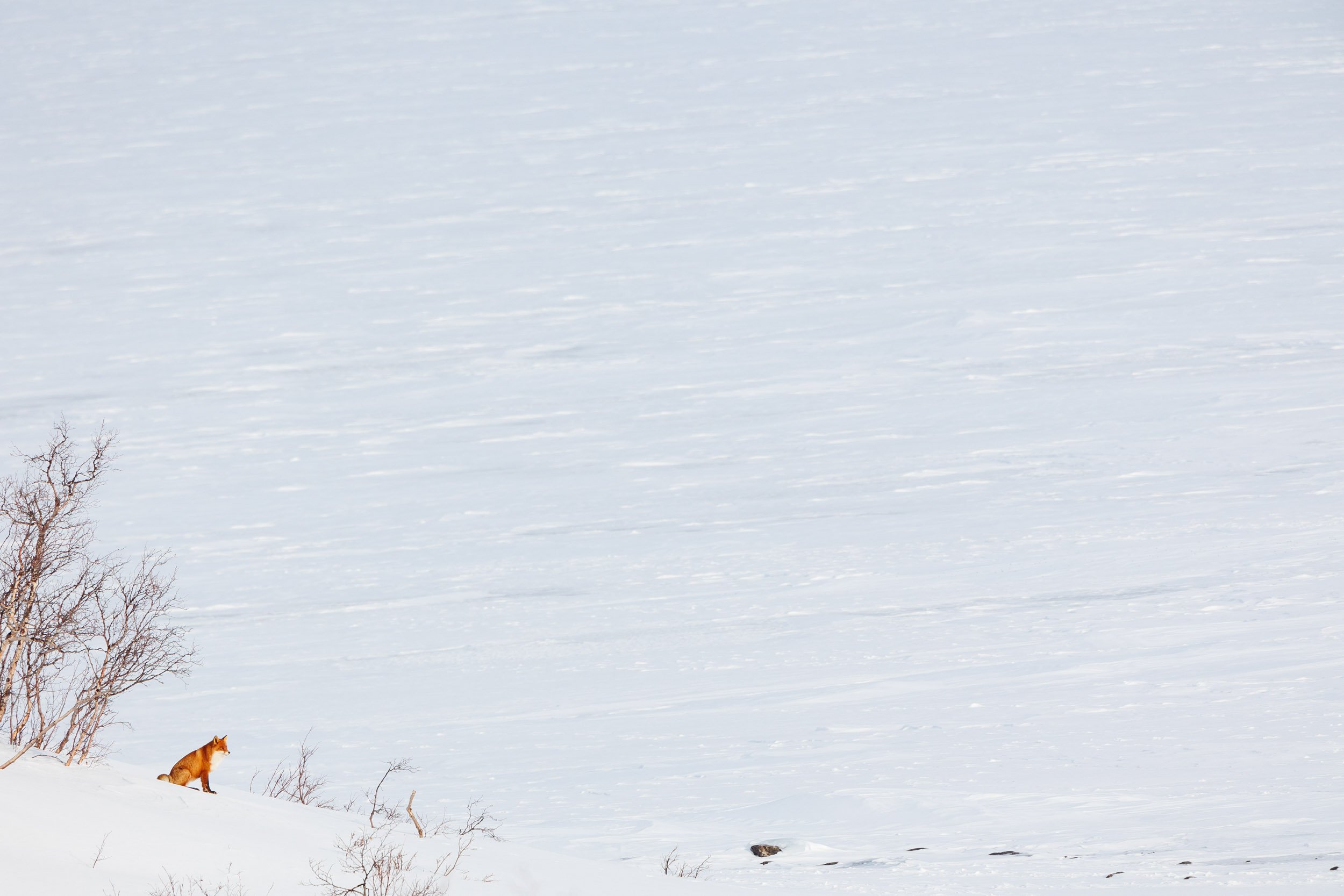
Want to put one of these pictures on your wall?
All the photos in this gallery are photos that I am fond of, photos that I took out there somewhere,the fruit of my work and my passion.
I personally print my photos in my studio on fine art paper with a professional Canon printer in A4/A3/A3+ formats. If you would like to hang one of these photos on your wall or simply want to have some information, please contact me and I will be more than happy to answer you.

